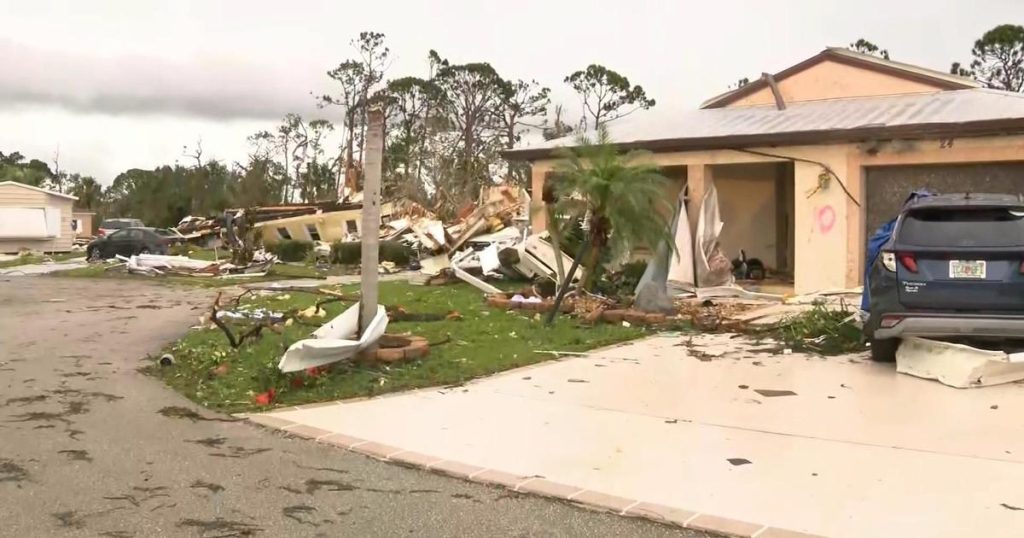A historic number of tornadoes barreled through Florida amid Hurricane Milton, causing widespread destruction and chaos throughout the state. Typically, Florida sees around 50 tornadoes in a normal year, but in the hours leading up to Milton making landfall, nearly half of that number were reported. Multiple tornadoes touched down in just 30 minutes in St. Lucie County, highlighting the extreme weather conditions that residents were facing.
The onslaught of tornadoes added another layer of danger and urgency to an already dangerous situation due to Hurricane Milton. Residents were faced with the challenges of evacuating and seeking shelter from the rapidly developing storms. The frequency and intensity of the tornadoes caught many by surprise and left a path of destruction in their wake, further complicating recovery efforts in the aftermath of the hurricane.
Emergency response teams were quickly mobilized to assess the damage and provide assistance to those affected by the tornadoes. Search and rescue operations were launched to ensure that all individuals were accounted for and to provide medical attention to those in need. The coordination of resources and personnel was critical in addressing the multiple emergencies that were unfolding simultaneously in various parts of the state.
The tornado outbreak in Florida serves as a reminder of the importance of preparedness and resilience in the face of natural disasters. With the increasing frequency and severity of extreme weather events, it is crucial for communities to have plans in place for evacuation, shelter, and communication during emergencies. The impact of the tornadoes on residential areas, businesses, and infrastructure underscores the need for proactive measures to mitigate the risks and protect lives and property.
The historic number of tornadoes in Florida during Hurricane Milton underscores the unpredictable and destructive nature of severe weather events. Climate change has been linked to the increasing frequency and intensity of hurricanes, tornadoes, and other natural disasters, posing a significant threat to communities and ecosystems. Building resiliency and adaptive capacity is essential for reducing the impacts of extreme weather events and ensuring a safer future for all.
As Florida grapples with the aftermath of the tornado outbreak during Hurricane Milton, the focus is on recovery and rebuilding efforts. Communities are coming together to support one another and work towards restoring normalcy after the devastation. The lessons learned from this experience will inform future preparedness and response strategies, in order to better protect communities and improve disaster resilience in the face of future challenges.


